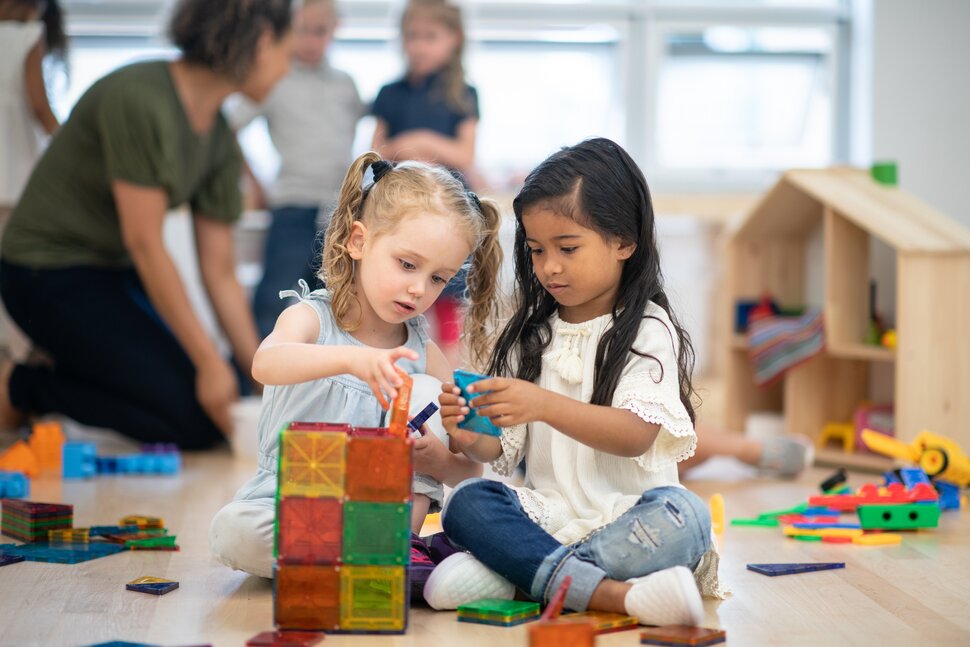Montessori vs. Traditional The world of education has always been a fertile ground for debates, discussions, and continuous evolution. Among the diverse pedagogical approaches that have emerged over the years, the Montessori Method stands out as one with distinct principles and practices. How does it compare to traditional teaching? Let’s delve into a comparative study of these two influential teaching methods.
Foundational Philosophies
- Montessori Education: At the heart of the Montessori approach is respect for the child. Dr. Maria Montessori believed that children possess an innate desire to learn. The method thus emphasizes self-directed learning, where the child plays an active role in their educational journey.
- Traditional Education: Traditional teaching often follows a set curriculum with a more top-down approach. The teacher plays the primary role in imparting knowledge, and students are typically passive recipients.
Learning Environment
- Montessori Education: Montessori classrooms are meticulously organized to foster independence. Each material has a designated place, encouraging children to take charge, use, and return items independently. The environment is seen as the ‘third teacher’, playing a pivotal role in learning.
- Traditional Education: In conventional classrooms, the teacher dictates the flow and organization. Desks often face the front, emphasizing the teacher’s central role.
Teaching Materials
- Montessori Education: Montessori materials are specially designed to be multi-sensory, manipulative, and self-correcting. They offer concrete experiences for abstract concepts, allowing children to explore and understand complex ideas tangibly.
- Traditional Education: Traditional classrooms utilize textbooks and worksheets. While there may be some hands-on materials, they’re not as integral as in Montessori settings.
Assessment
- Montessori Education: Evaluation in Montessori is more qualitative than quantitative. Teachers observe students’ interactions, processes, and progress, tailoring lessons to individual needs rather than standardized tests.
- Traditional Education: There’s a stronger emphasis on standardized testing and grades. Success is often measured by test scores and report cards.
Role of the Educator
- Montessori Education: The Montessori teacher acts as a guide or facilitator. They observe, understand, and then provide resources or interventions tailored to each child’s needs.
- Traditional Education: The conventional teacher is primarily an information provider, following a set curriculum and ensuring students grasp the required knowledge.
Global Perspectives and Conferences
Montessori education has gained global recognition and has been embraced worldwide for its child-centric approach. In Canada, the upcoming Children Change The World Montessori Conference stands out as a beacon for Montessori professionals and enthusiasts. It’s the best Montessori conference in Canada and provides an exceptional platform for educators to deepen their understanding and connect with peers.
Conclusion
Both Montessori and traditional teaching have their merits and challenges. While Montessori emphasizes child-led learning and the environment, traditional teaching focuses more on structured curriculum and standardized assessments. As educators, understanding these differences can guide choices in pedagogical approaches and further professional development. For those leaning towards Montessori, attending events like the Children Change The World Montessori Conference can be an enriching experience.
Montessori vs. Traditional
Montessori School in Calgary
 Yyclatino.ca City guide to the Latin world with news about Latin culture and events in YYC and around the world.
Yyclatino.ca City guide to the Latin world with news about Latin culture and events in YYC and around the world.

